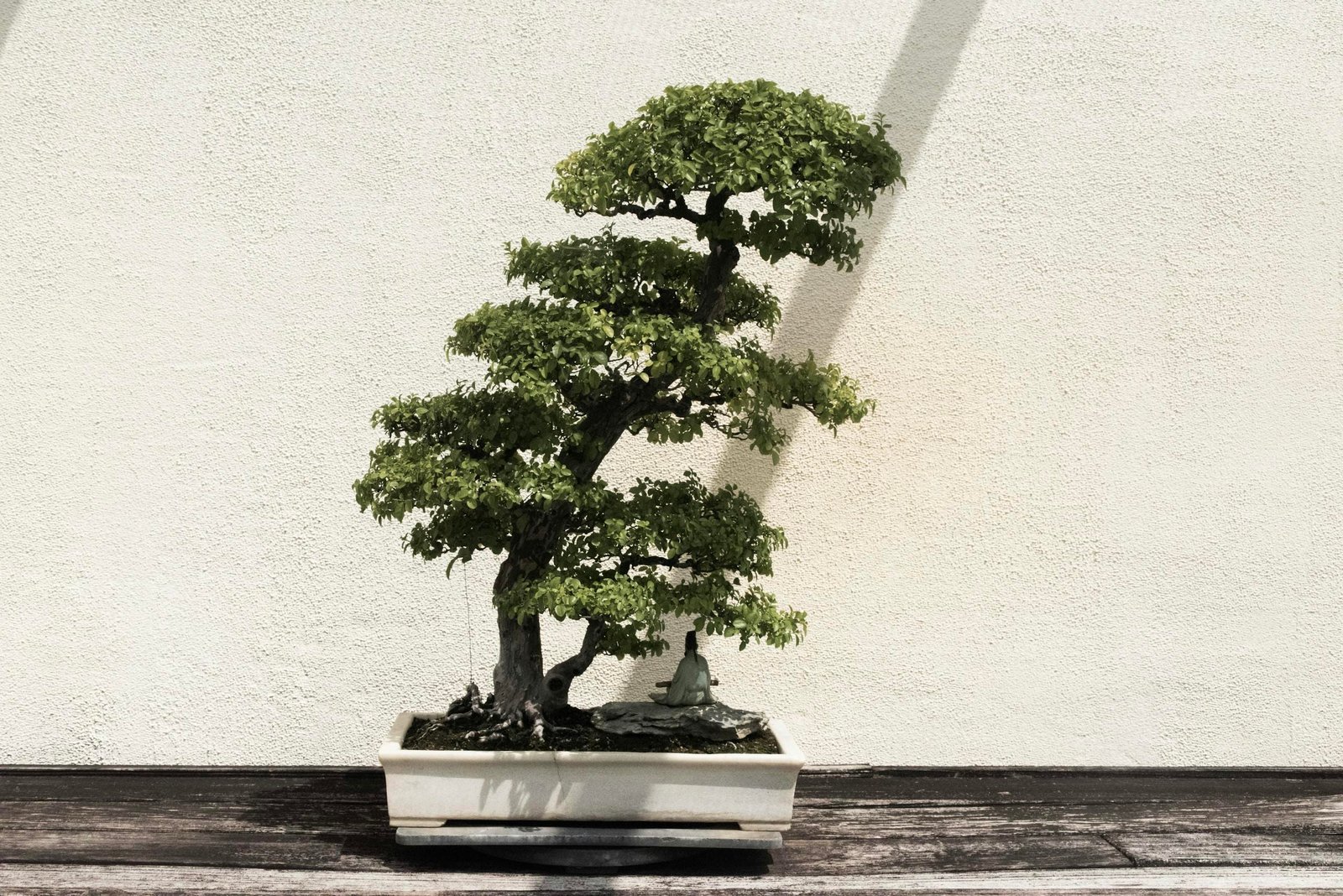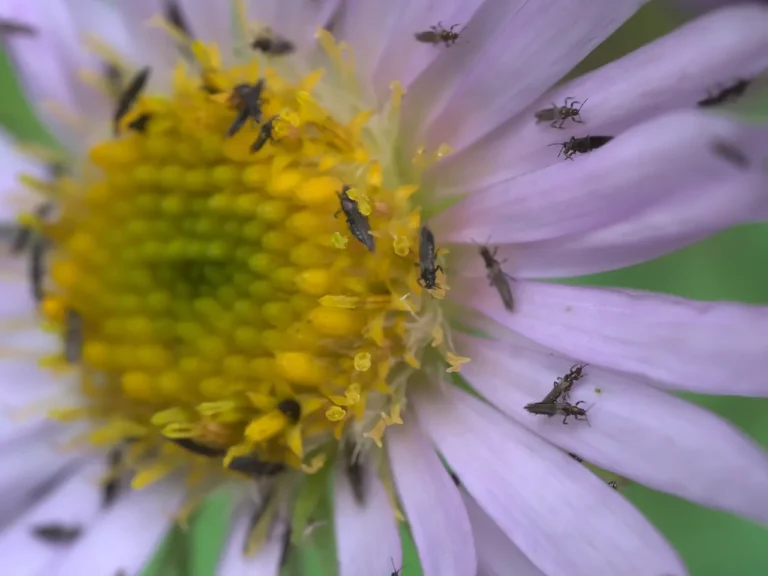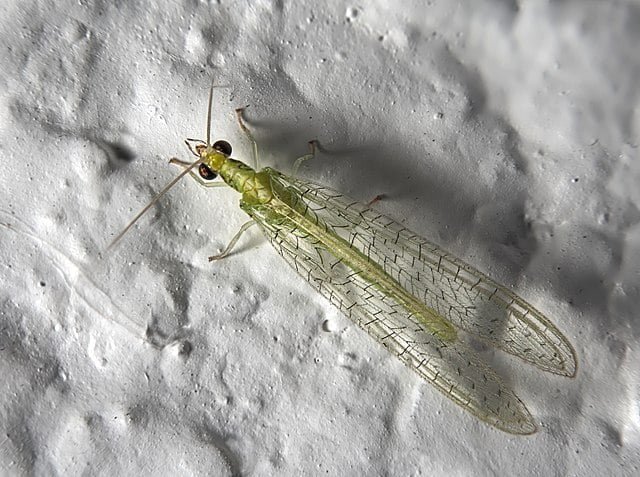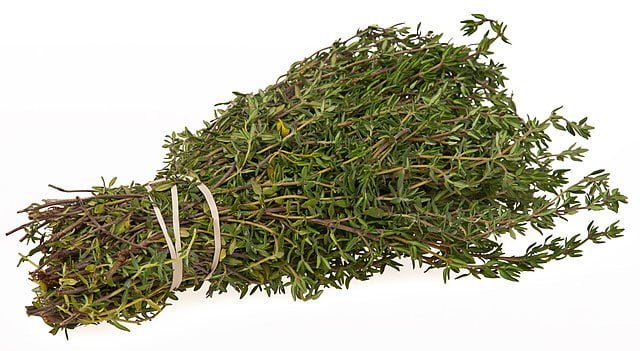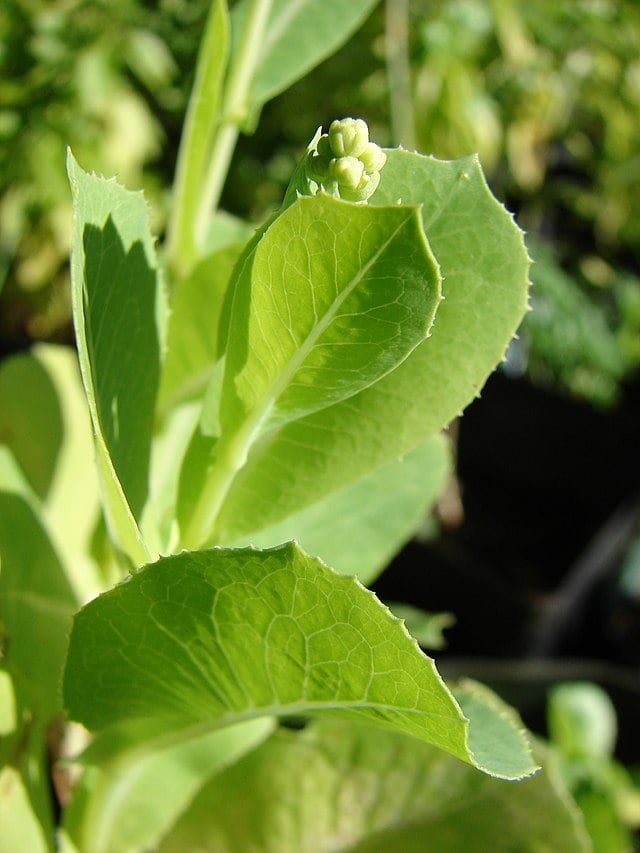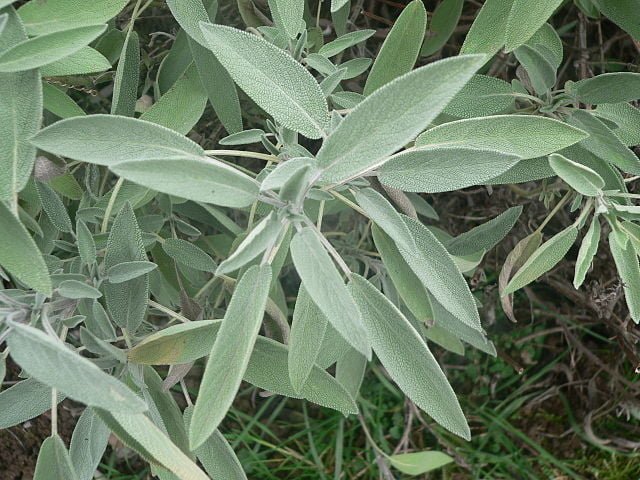The Art of Bonsai: A Beginner’s Guide to Miniature Gardening
Bonsai is not just a plant; it’s a symbol of harmony, peace, and the beauty of nature. The art of bonsai involves cultivating miniature trees that mimic the shape and scale of their full-sized counterparts. This process requires time, patience, and a deep understanding of plant care. However, the resulting living sculpture is a masterpiece that can be enjoyed for many generations. Let’s dive into the beautiful world of bonsai.
What is Bonsai?
Originating from East Asia and perfected by the Japanese over thousands of years, the word “bonsai” (pronounced ‘bone-sigh’) literally translates to “planted in a container.” This art form aims to create a miniaturized yet realistic representation of nature in the form of a tree.
Bonsai is not about genetically dwarfing a plant. Instead, it involves carefully pruning and training a regular tree to stay miniature.
Choosing Your First Bonsai
For beginners, it’s advisable to start with a bonsai-friendly species that’s hardy and forgiving. Some popular choices include the Juniper (Juniperus), Ficus (Ficus benjamina), and the Chinese Elm (Ulmus parvifolia).
Creating a Bonsai: Step-by-Step
- Potting: Select a shallow pot with adequate drainage holes. Ensure that the pot’s size and shape complement your tree.
- Soil: Bonsai soil is designed to drain quickly yet hold enough water. Use a blend of organic and inorganic materials like Akadama (Japanese clay), pumice, and compost.
- Planting: Position your tree off-center for a more natural and aesthetically pleasing look. Secure it with wire and cover the roots with soil.
- Pruning: Careful and selective pruning is the key to defining your bonsai’s shape and maintaining its miniature size.
- Wiring: Wiring is a common technique to guide the growth direction of your bonsai. Apply wire to the branches and gently bend them to achieve your desired shape.
- Watering: Bonsai trees require frequent watering. The goal is to keep the soil moist but not waterlogged.
- Feeding: Use a balanced, slow-release bonsai fertilizer to provide essential nutrients.
- Repotting: To maintain its small size, a bonsai tree needs to be repotted every few years. This process involves trimming the roots and replenishing the soil.
Bonsai Care Tips
- Location: Most bonsai trees prefer a bright spot with indirect sunlight. Some species can tolerate direct sunlight, while others prefer shade. Research your specific species for optimal placement.
- Winter Care: Many bonsai trees need a winter dormancy period. Provide the right conditions based on your specific bonsai type.
- Pest Control: Regularly check your bonsai for signs of pests or disease. Use organic or recommended bonsai-safe pesticides when necessary.
Conclusion
The art of bonsai is a journey rather than a destination. It’s about the connection between the grower and the tree, and the ongoing dialogue they have as the tree grows, changes, and matures. Bonsai cultivation is indeed a labour of love, patience, and time, but the rewards are a beautiful, tranquil, living art form that you can cherish and pass down to future generations.

